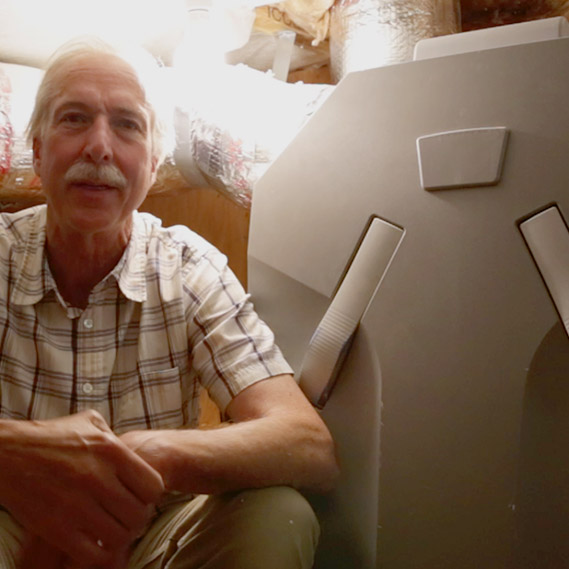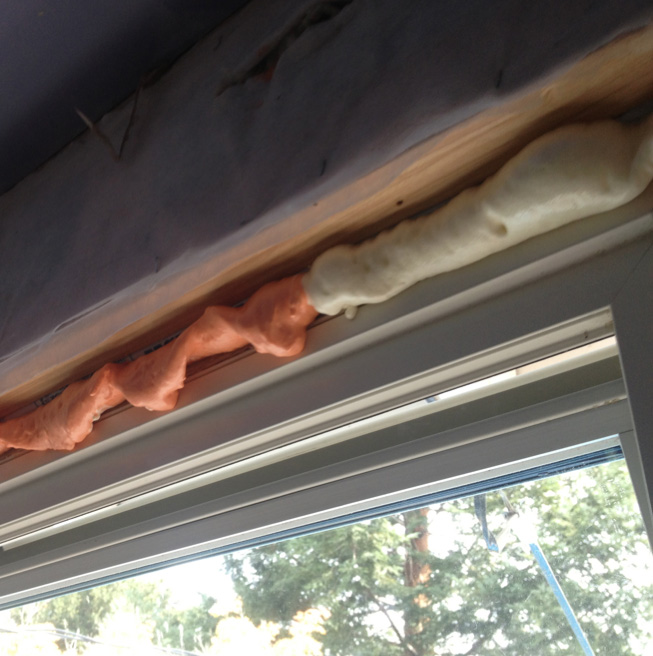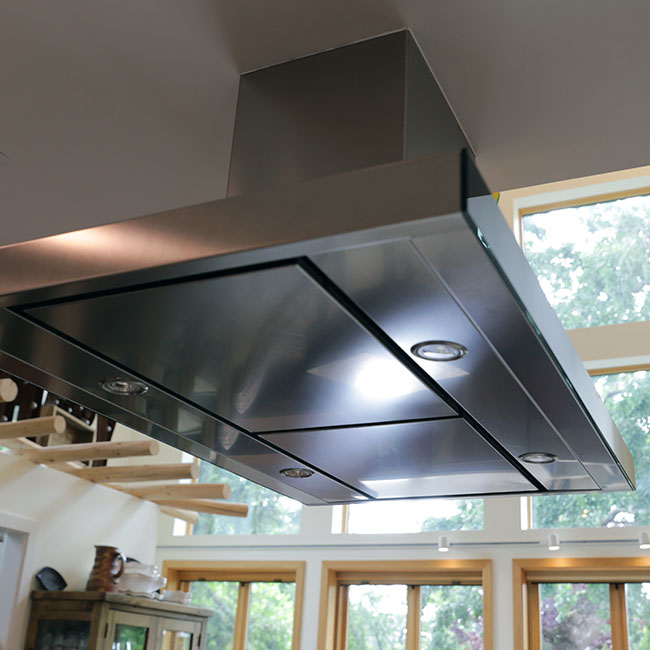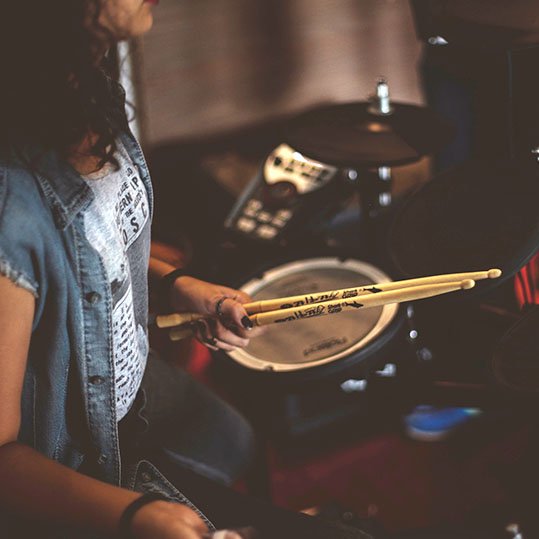
Heat Recovery Ventilation
A Heat Recovery Ventilation device acts as a hub for your ventilation system and recovers heat from the stale air that is being exhausted to the outdoors. Paired with a high-efficiency heating and cooling system, an HRV dramatically reduces energy needs to heat or cool your home while keeping your air fresh, filtered, and oxygenated.

Air Sealing
As your home increases in efficiency and your total insulation improves, it also becomes important to seal the building well to prevent additional heat loss. A blower door test can identify leakages and improve air sealing. The better your home is sealed, the more you can control both temperature and ventilation.


